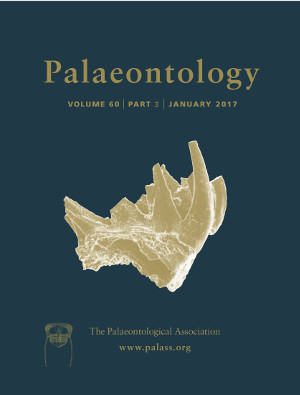Reg. Charity No. 1168330

The tuatara, Sphenodon punctatus, known from 32 small islands around New Zealand, has often been noted as a classic ‘living fossil’ because of its apparently close resemblance to its Mesozoic forebears and because of a long, low‐diversity history. This designation has been disputed because of the wide diversity of Mesozoic forms and because of derived adaptations in living Sphenodon. We provide a testable definition for ‘living fossils’ based on a slow rate of lineage evolution and a morphology close to the centroid of clade morphospace. We show that through their history since the Triassic, rhynchocephalians had heterogeneous rates of morphological evolution and occupied wide morphospaces during the Triassic and Jurassic, and these then declined in the Cretaceous. In particular, we demonstrate that the extant tuatara underwent unusually slow lineage evolution, and is morphologically conservative, being located near the centre of the morphospace for all Rhynchocephalia.